Air Line Couplers & Plug Types: A Beginner’s Guide
-

- Last updated:
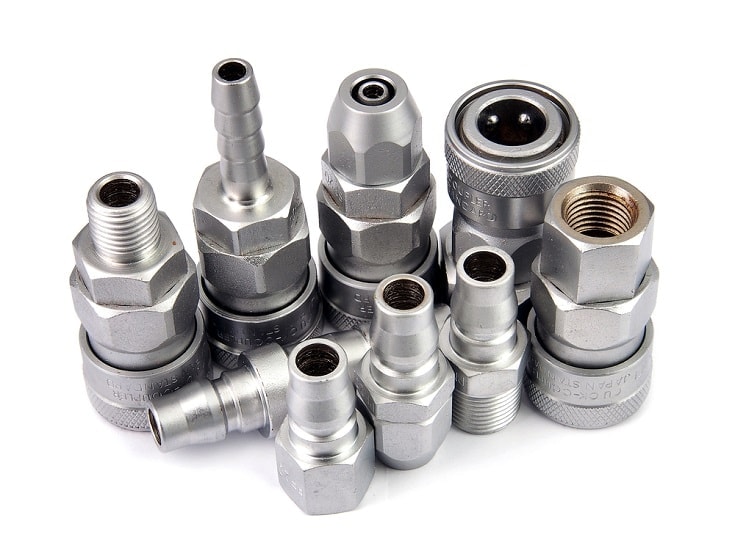

Line couplers are vital in workshops that use air compressors to power various tools, including impact drivers, air hammers, sanders, tire inflators, and more. Couplers and fittings make it quick and easy to switch to a different tool quickly and efficiently. However, there are several types, and choosing the right one can be difficult if you don’t have experience. Join us as we look at the different plugs and line couplers to help you understand them better and choose the right one for your workshop.
What is a coupler?
The coupler has two separate parts: the socket and the plug.
- The socket is a female part of the coupler, and it screws on to the air hose.
- The plug is the male part of the coupler, and it screws into the tool.
With the two parts installed, the plug fits into the socket and snaps in place, providing a stable and airtight connection. You can remove it by pulling back a collar to release the plug from the socket.
Style
There are ten styles of line couplers available, and they differ by the standard feet per minute (SCFM) that they move. You need to match the style with your tool’s requirements. Using a lower SCFM with a tool may cause it to work improperly or not at all. Using too much SCFM can break it.
Many consumer-grade tools like staplers, nailers, impact wrenches, and tire inflators use a lower SCFM. Commercial-grade tools like the jackhammer and rock drill require a much higher SCFM. You will need to check with the documentation for your tool to find the correct SCFM, so you can get the right type of coupler.
Coupler Style – Max SCFM
L
32
A
34
D
34
M
40
T
40
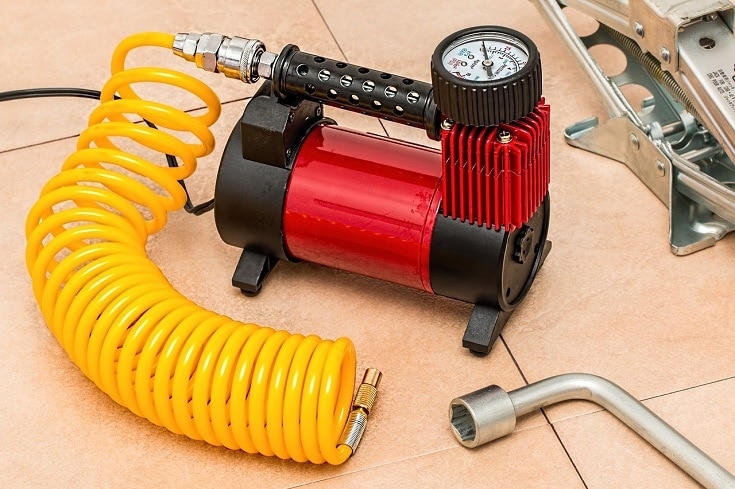
AA
59
H
67
P
68
G .126 inch
99
G .375 inch
99
Flow Size
Couplers come in three basic flow sizes: ¼, ⅜, and ½ inch. It’s easy to confuse flow size with thread size, but flow size refers to the inner diameter, which affects the SCFM and is unrelated to thread size. You can get the same flow size with different thread sizes, so be careful. However, flow size is related to style.
Flow Size
Approximate Max SCFM
Coupler Style
¼ inch
40
L, A, D, M, T
⅜ inch
60
AA, H, P
½ inch
100
G
Connection Type
The connection type refers to how you connect the socket to the hose. While there are a few types of connections, the most common are NPT and hose barb. The type you will need depends on your air hose.
NPT
National Pipe Thread (NPT) connections are the most popular and likely the type you need. Line couplers with an NPT connection attach to the hose, which has threads at the end.
Hose Barb
Hose barb line couplers use a barbed shaft that you push into the end of your air hose. The barbs create an airtight seal that firmly holds the coupler in place.
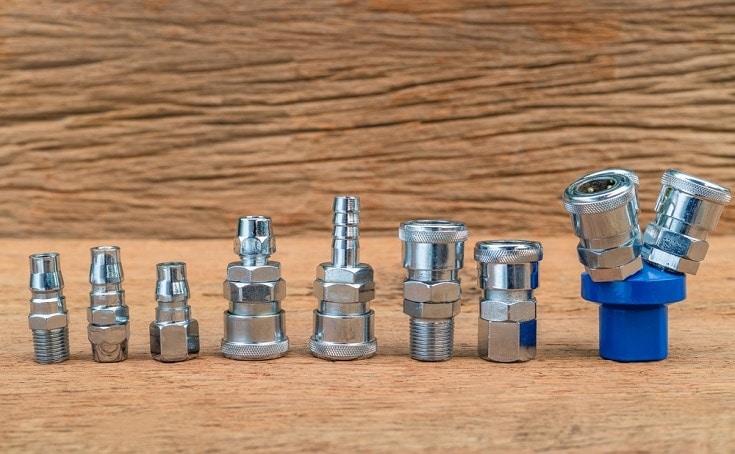
Identifying a Line Coupler Style
If you have a toolbox with multiple line couplers and no way to identify them, this section will help.
1. Start with the plug.
The socket part of the line coupler will look similar no matter what type you have, so you need to use the plug for identification.
2. Check to see if the manufacturer stamps the style on the side.
In many cases, the manufacturer will stamp the line coupler style on the side of the plug, making your job much easier.
3. Measure the distance from the tip to the recessed groove.
If there is no stamp on the side, you must measure the tip length carefully. The tip length is the distance from the plug’s end to the recessed groove where the coupler latches. Each style has a standard tip length that you can use to determine the type.
Tip Length – Style
.792 inch
L
.325 inch
A
.170 inch
D
.211 inch
M
.085 inch
T
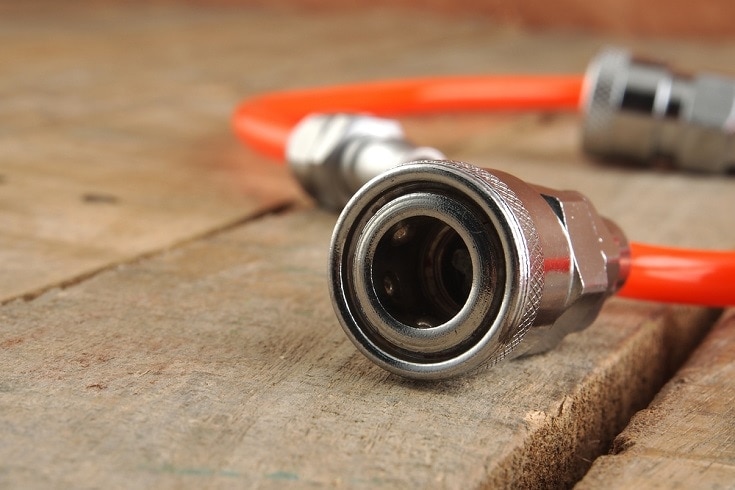
.589 inch
AA
.312 inch
H
.128 inch
P
.125 inch
G .125 inch
.375 inch
G .375 inch
You will notice that some types are pretty close in measurement, like P and G or A and H. However, these types will likely have different flow sizes, making them easier to identify.
Universal Socket
If you have several tools in your workshop that require different plugs, we recommend purchasing a universal socket with a unique design that will work with any plug. They work very well, and the only downside is that most line couplers come in pairs with the plug and the socket, so purchasing the universal socket will be an additional cost.
Coupler Material
Line couplers can come in several materials, and the kind you choose could change based on preference and where you will use the tool. We recommend hardened steel for indoor use because it’s durable and can withstand drops and other impacts.
However, if you are using your coupler outdoors or in a humid environment like a basement, we highly recommend brass because it will not rust like steel. If you want to use brass, look for solid brass, not brass-plated steel, which will eventually rust.
Drag Guard
If you drag your air hose behind you often, you may want to purchase a line coupler with a drag guard. A drag guard prevents your coupler from catching on things or becoming disconnected.
Colors Coding
You may notice line couplers come in various colors, which helps you identify them when you have several types. It can also help designate which ones are for dry air and lubricated air if you have both types in your workshops. Using dry air with a tool that requires lubricated air can damage it.
How do I choose the right line coupler?
To select the right coupler, you must first learn your tool’s requirements and get the style that suits it. If you use several couplers, we recommend getting a unique color so it’s easy to find when needed.
Use hardened steel indoors and solid brass outside or in the basement, and get one with a drag guard if you need it. Finally, if you need to change couplers often, spring for a universal socket to make switching quick and easy.
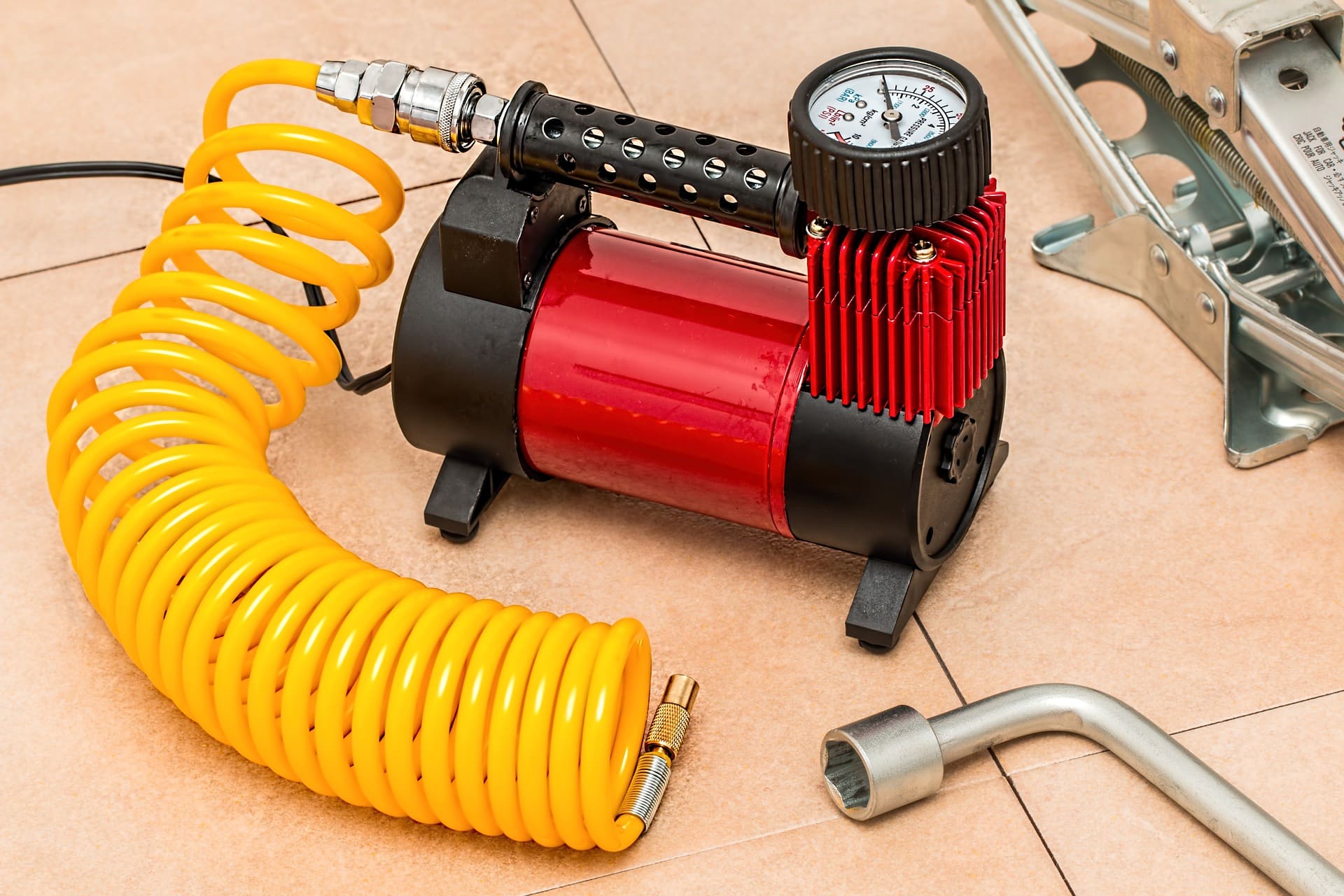
Summary
We hope you have enjoyed reading our article and found the answers to your questions. Several line couplers and plugs are available, but you should have no problem choosing the right one if you follow this guide. If we have helped you get your pneumatic tools working, please share this beginner’s guide to line couplers and plug types on Facebook and Twitter.
Featured Image Credit: Shutter Baby photo, Shutterstock
Contents



